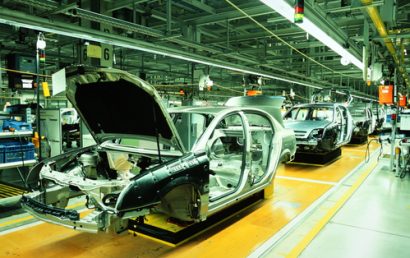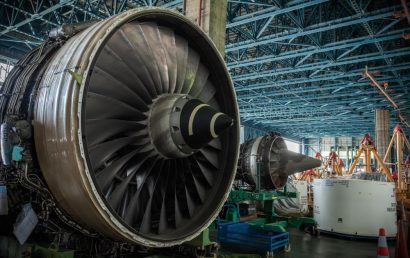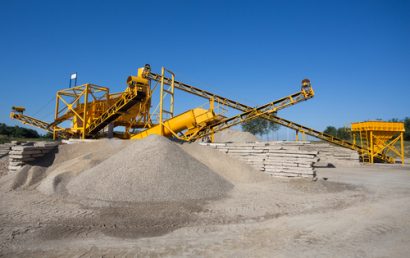How Abradable Coating Can Improve The Efficiency Of Gas Turbines
The temperature at which jet engine blades can harmlessly grind against abradable shroud linings has risen from 350 to 1200°C. This is a result of close partnerships with engine manufacturers and executing wear mechanism studies. Abradables are not limited to aero engines; they are also used in rotating machinery such as turbo compressors, stationary gas turbines, turbo chargers, radial compressors, and pumps. Let’s learn how abradable coating improves the efficiency of gas turbines.
Development of Abradables
Developing abradables requires many tests, including the selection of the optimum thermal spray process, powder fabrication, and field trials. This would allow engine manufacturers to certify the abradables. What needs to be produced is a seal that doesn’t cause blade wear, allowing for smooth shroud surface and durability despite thousands of operating hours.
How Do Abradables Function?
As the blade tip gets reduced to casing clearance, this can cause the blades to rub against the shroud. This interaction can be mitigated if the shroud is coated with abradables. The thermally sprayed coatings help to emit fine wear debris when they go through high velocity blades, while preventing blade wear at the same time.
Under all possible cutting conditions, abradable coatings need to remain smooth with minimal rupture, wear and grooving to the blade. The best abradable caters to different wear mechanisms formed by varying rub conditions, which include temperature, blade material, temperature, incursion rate, and blade tip velocity.
How do Abradable Coatings Work?
As the blade tip glides over the surface of an abradable, the tip strikes the coating fragments which protrude from the surface of the coating. This impact integrates the individual fragment into the coating. There is stored elastic energy that causes the fragment to attach and detach. The wear debris would take up a larger volume because of the newly created free surface. The wear debris now can escape. This process has to utilize thin blade tip cross sections or coarse surfaces on the blade tips. As the fragment between the coating and blade tip is trapped, this leads to increased shear forces and local plastic rupture of the coating.
The energy required for the abrading procedure is given by the blade tip. There has to be enough energy to free the individual protruding particles, hence creating a new surface. If the particle bond is greater, the blade tip needs to supply more energy to break out the particles. However, if the forces are too strong, the blade tip will get very hot and will begin to wear by melting, and sometimes by abrasion.
Thanks to laboratory tests conducted on a special tribometer, it is possible to study the wear mechanisms that happen when a blade tip cuts into abradables. This information is analyzed through a model which factors in not only the operating conditions, but as well as the structure of the blade material, blade tip design, and coating. Through this model, coatings have been developed that can operate under surface temperatures that are as high as 1200°C. The matrix materials range from MCrAlY for mid-range temperature, yttrium-stabilized zirconia for high-temperature turbine sections to Al-Si for low temperature.



